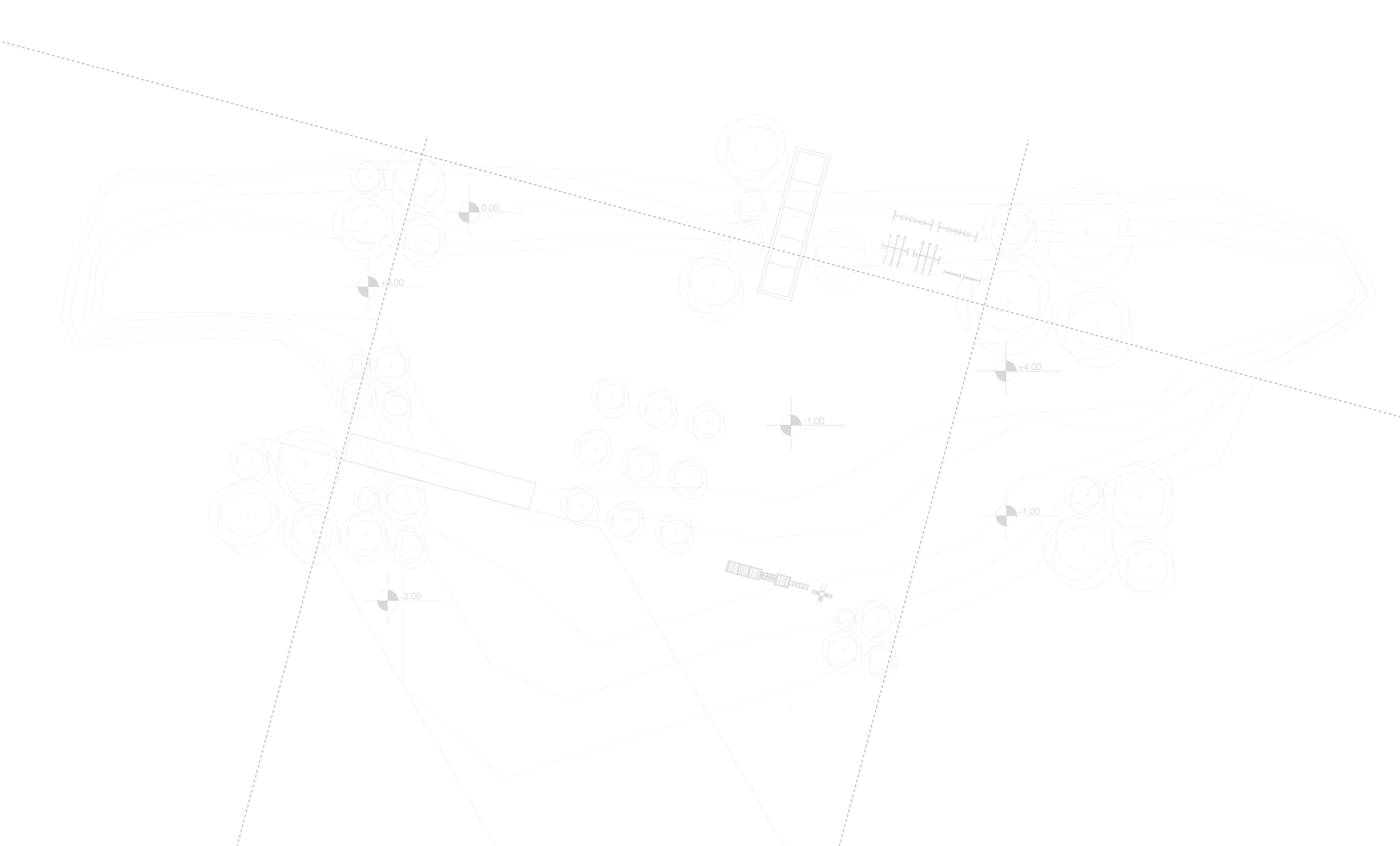Is the City a Parasite on the Surrounding Countryside? A Historical Examination
- David

- Jun 27
- 3 min read
Throughout history, cities have been both engines of progress and extractive parasites, depending on how they interact with their rural hinterlands. While many urban centres have exploited the countryside for resources, energy and labour, others have fostered mutually beneficial relationships—particularly through manufacturing, trade, and services that uplift rural economies. This article examines historical case studies of both parasitic and symbiotic urban-rural dynamics, with special attention to how cities have supported rural development through industry, infrastructure, and innovation.

The Parasitic City: Historical Exploitation of the Countryside
1. Ancient Rome: The First Mega-City’s Rural Dependence
Imperial Rome’s insatiable appetite for grain, wine, and olive oil turned conquered territories into breadbaskets for urban consumption while stifling rural prosperity.
Extraction: Egypt and North Africa were forced to send grain to Rome, leaving local populations vulnerable to famine.
Labour Drain: Small farmers lost land to wealthy patricians’ latifundia (slave-run plantations), pushing peasants into urban poverty.
Result: When barbarian invasions disrupted supply lines, Rome collapsed—proving that a city that only takes cannot survive.
2. 18th-Century Paris: Taxation and Starvation
Pre-revolutionary France exemplified urban parasitism:
Heavy Taxation: Peasants paid up to 50% of their harvest in taxes to fund Versailles and Parisian elites.
Grain Hoarding: Urban merchants stockpiled food during shortages, leading to rural famines while Paris feasted.
Consequence: The French Revolution (1789) erupted partly due to rural resentment of urban extraction.
3. Industrial Manchester & the Irish Famine (1840s)
At the height of the Industrial Revolution:
Ireland was forced to export food to England during the potatoe famine, starving rural Irish while Manchester’s mills profited.
Displaced peasants became cheap factory labour in cities, fuelling urban growth at the countryside’s expense.
The Symbiotic City: How Urban Manufacturing and Services Benefit the Countryside
While history shows many cases of urban parasitism, cities have also stimulated rural prosperity through:
1. Job Creation & Alternative Income
Urban factories and workshops provided non-farming employment for rural migrants, reducing pressure on agricultural land.
Example: 19th-Century England’s Cottage Industries. Before full industrialisation, cities like Birmingham and Sheffield outsourced metalwork and textiles to rural households, supplementing farm incomes.
Example: Post-WWII Japan’s Sanchi System. Cities like Osaka and Nagoya sourced textiles and ceramics from rural villages, preserving traditional crafts while boosting local economies.
2. Rural Infrastructure Development
Cities often financed roads, railways, and utilities that connected and modernised the countryside.
Example: American Railroads (1860s-1900s). Chicago’s stockyards and grain markets depended on rural production, leading to railroad expansion that benefited farmers.
Example: China’s Taobao Villages (2000s-Present). E-commerce hubs like Hangzhou enabled rural entrepreneurs to sell handicrafts and farm goods globally, reducing urban-rural inequality.
3. Agricultural Innovation & Mechanisation
Urban factories produced tools and machines that revolutionised farming, increasing rural productivity.
Example: The McCormick Reaper (1830s, USA). Chicago-based manufacturers built farm equipment that cut labour needs, allowing fewer farmers to feed growing cities.
Example: Dutch Cities & Greenhouse Farming (20th Century). Urban engineering firms developed greenhouse tech that let rural Netherlands become a global food exporter despite limited land.
4. Financial & Market Access
Cities provided banking, trade networks, and price stability for rural goods.
Example: Medieval Flanders (Bruges & Ghent, 1200-1500s). Urban merchants created fair wool markets, helping Flemish farmers profit from textile demand.
Example: India’s Milk Cooperatives (1970s-Present). Cities like Mumbai and Delhi established dairy cooperatives (e.g. Amul) that stabilised prices and increased rural incomes.
5. Education & Healthcare Spillover
Urban universities and hospitals often served rural populations.
Example: Land-Grant Colleges (USA, 1860s). Cities like Madison (Wisconsin) hosted agricultural schools that trained rural farmers in modern techniques.
Example: Cuba’s Urban Medical Schools (1960s-Present). Havana-trained doctors were deployed to rural clinics, improving healthcare access nationwide.
Conclusion: Cities Don’t Have to Be Parasites
History proves that urban-rural relationships can be either extractive or symbiotic, depending on policies and economic structures. While parasitic cities (like Rome or Industrial Manchester) collapsed or faced revolts, symbiotic models (like Edo Japan or modern Dutch horticulture) created lasting prosperity for both city and countryside.
In general, most Australian cities have become more parasitic on the surrounding countryside in recent decades. Due to deindustrialisation, these cities send fewer manufactured products to the surrounding countryside (instead they come from other countries) while the countryside sends agricultural products, taxes, energy and resources to the cities.
An example of a global city currently at the more parasitic element of the spectrum would be London (deindustrialised, requires resources and tax revenue to be collected over a large area). An example at the less parasitic end of the spectrum would be Shenzhen China (highly advanced and developed manufacturing sector that produces products used all over the world (eg. electronics, robotics, cars).




Comments